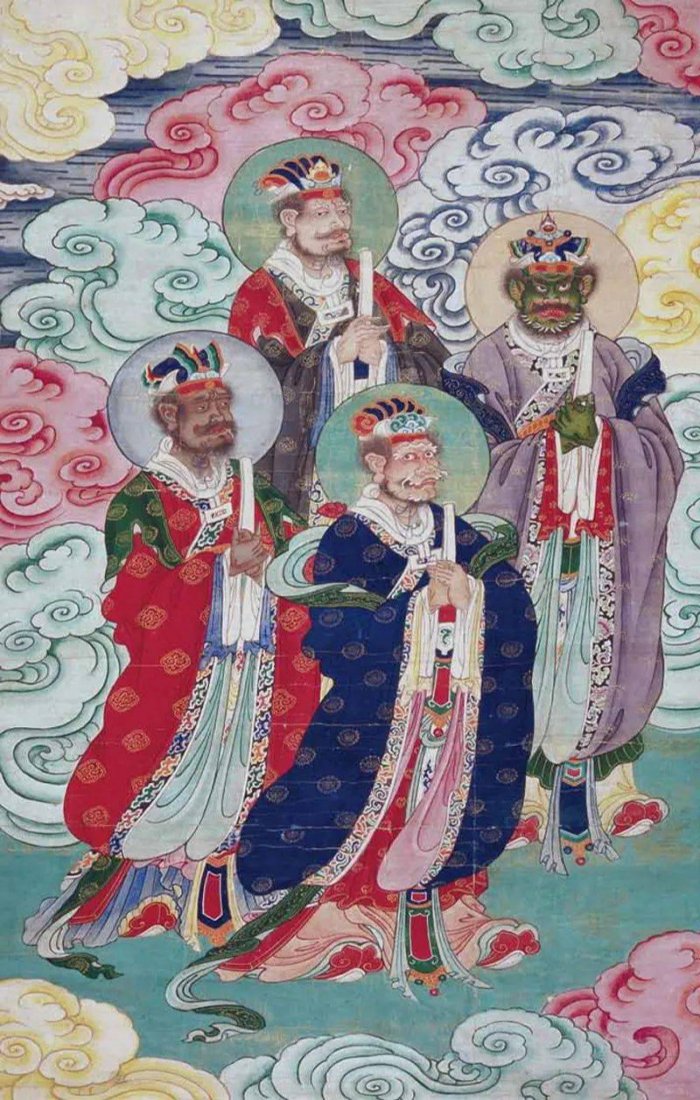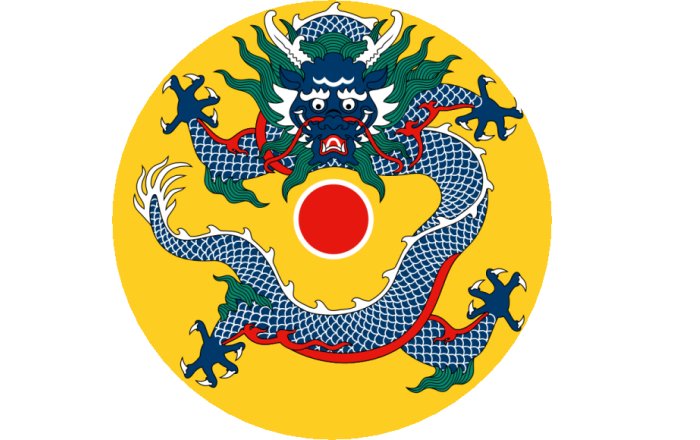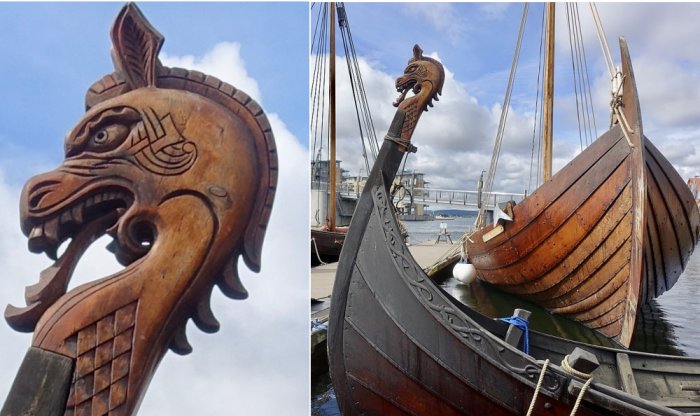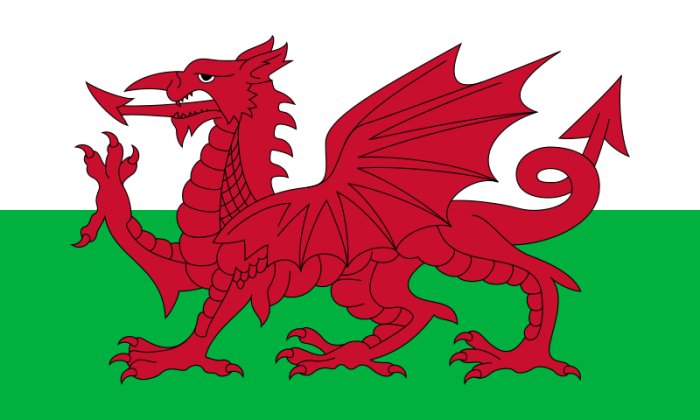Dragons And Dragon Kings In Ancient Mythology
A. Sutherland - AncientPages.com - We encounter dragons in almost every ancient world culture. Dragons played an essential role in the beliefs of our ancestors and were depicted in various ways.
Four Seas Dragon King. Credits: Unknown (Qing Dynasty) - Public Domain
Dragons can be placed in East and West groups, regarded as either good or very fearsome and evil creatures.
Dragons in Ancient Chinese Mythology
In ancient China, the dragon was a highly significant creature that became a symbol of the Emperor, and his throne was sometimes called the Dragon Throne. Ancient Chinese believed dragons were in control of the weather and water. These creatures were said to be able to manipulate oceans, floods, tornadoes, and storms.
There are nine distinctive Chinese dragons; some are serpent-like creatures with large bodies and long heads. The dragon in China is a benign creature that is said to bring wisdom, power, and luck. They are famous for their goodness, warding off evil, protecting the innocent, and ensuring safety.
Tradition and celebration of New Year in China can be traced to a dragon named Nien (or "year").
The Traditional Rounded Chinese Dragon is usually seen on imperial buildings, official uniforms, and coins. The design dated back to Tang Dynasty (7th-8th century). Please also note this is not the emblem of the Qing dynasty. Image credit: Sodacan - CC BY-SA 4.0
Nien was a legendary wild beast that attacked people at the end of the old year. Villagers would use loud noises and bright lights to scare the creature away, a practice that slowly morphed into the Chinese New Year festivities. Today the dragon has its year on the Chinese calendar.
Dragons In British And Scandinavian Mythology
Dragons were often depicted as wingless creatures in the British Isles and Scandinavia. In this part of the world, depictions of the dragon tended to show a malevolent creature that was very difficult to kill.
The West dragon was wingless, lived in dark places or wells, and guarded hoard treasures. Approaching the dragon was almost impossible because of its poisonous fire breath.
Dragons in British and Scandinavian mythology often appear in stories when a prince tries to save a young maiden from being abducted by a fearsome animal. If he can slay the dragon, he can become the new King and win the girl as his bride.
Dragon Kings In Chinese Mythology
In ancient Chinese mythology, we encounter five enormous dragon kings who were rainmakers and rulers of the waters.
Four of them were stationed at the cardinal points and ruled the seas. Their chief had his abode in the middle. The five dragon kings were named Lung Wang.
The dragon kings of China lived in crystal palaces under the sea. Their underwater dwellings were part of the mysterious Underworld that could only be reached through underground mountain caves and special secret entrances. When the Water Dragons rose to the surface, they caused typhoons, and when they flew through the air caused heavy rain and hurricanes. The Dragon Kings are among the deified forces of nature of the Taoist religion.
Dragon's Head As A Viking Symbol
A dragon's head was one of the most famous symbols of the Vikings. The Viking dragon was, in many ways, a representation of the Midgard Serpent, a mythical sea creature who fought with the Norse god Thor.
Many ships were equipped with carved dragon heads on top of the stem, while the stern often was shaped like a dragon's tail.
Vikings built ships with huge dragonheads because they wanted to appear as frightening as possible from a long distance.
Prows of viking ships and medieval boats moored to the pier in the harbour of the small city of Tønsberg, Norway: "Saga Oseberg", a 2012 built full scale replica of the "Oseberg Ship", a Viking ship from about AD 820 discovered in a burial mound near Tønsberg, with the prow ending in a spiral shaped serpent's head "Saga Farmann", a 2018 built reconstrucion of the "Klåstadskipet" ship from about AD 820 "Sæheimr", built 2016, inspired by the "Fjørtoftbåten" boat from about AD 860, decorated with a dragon's head on the fore stem. Image credit: Wolfmann - CC BY-SA 4.0 - The photograph was taken in August 2019. - more.
Vikings called their longships "Drakkar" or dragon ships, and the dragon was a powerful and fearsome symbol of war.
The Pendragons Of Wales
Many have seen the Welsh flag features a red dragon and that the Prince of Wales uses rampant dragons on his banner.
Flag of Wales. Image credit: Unknown - Public Domain
The old British word "draig" means dragon (and warrior or ‘leader,’ while the "pen" meant head. The two words combined form Pendragon or Pen Draig, a noble surname in early Britain as early as the fifth century. The dragon symbol continued to be used by the last native Welsh princes of Wales, Llewelyn ap Gruffydd and Owain Glyndwr, during their struggles against English occupation in the 14th and 15th centuries.
The Pendragon name in Welsh literature includes Uther Pendragon, father of the legendary King Arthur.
Ancient And Modern Superstitions About Dragons
In ancient times, there were also many superstitions about the dragon; surprisingly, some persist even today.
It was, for example, believed that the blood of the dragon held unique properties that could give a person the power to see into the future. On the other hand, it was also said that if a knight dipped the tip of his sword into the dragon's blood and stabbed you with it, the wound would never heal.
Dragon teeth were thought to bring good luck to those who possessed them.
The dragon has survived as a powerful symbol in many parts of the world.
Written by – A. Sutherland AncientPages.com Staff Writer
Updated on Apr 1, 2024
Copyright © AncientPages.com All rights reserved. This material may not be published, broadcast, rewritten or redistributed in whole or part without the express written permission of AncientPages.com
Expand for referencesDoug Niles - Dragons: The Myths, Legends, and Lore
Carol Rose - Giants, Monsters, and Dragons: An Encyclopedia of Folklore, Legend, and Myth
More From Ancient Pages
-
 Archaeologists Focus On Greek Poet Aratus’ Memorial Tomb And Ruins Of Soli Pompeiopolis
Archaeology | Aug 12, 2020
Archaeologists Focus On Greek Poet Aratus’ Memorial Tomb And Ruins Of Soli Pompeiopolis
Archaeology | Aug 12, 2020 -
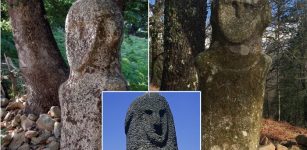 Corsica: ‘The Island Of Statue-Menhirs’ – Where Humans Lived At Least 7,000 BC
Featured Stories | Feb 28, 2024
Corsica: ‘The Island Of Statue-Menhirs’ – Where Humans Lived At Least 7,000 BC
Featured Stories | Feb 28, 2024 -
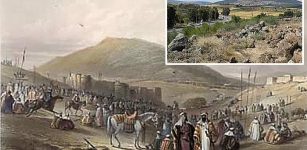 Ancient Thriving Market Of Khan al-Tujjar (The Merchants’ Caravanserai) Discovered In Lower Galilee
Archaeology | Feb 20, 2024
Ancient Thriving Market Of Khan al-Tujjar (The Merchants’ Caravanserai) Discovered In Lower Galilee
Archaeology | Feb 20, 2024 -
 Domovik (Domovoi): Household Spirit In Ancient Slavic Beliefs
Featured Stories | Apr 3, 2016
Domovik (Domovoi): Household Spirit In Ancient Slavic Beliefs
Featured Stories | Apr 3, 2016 -
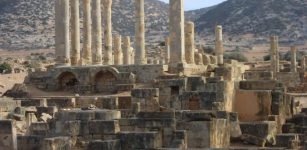 University Of Warsaw Archaeologists Return To Study Large Ancient City Of Ptolemais
Archaeology | Sep 8, 2023
University Of Warsaw Archaeologists Return To Study Large Ancient City Of Ptolemais
Archaeology | Sep 8, 2023 -
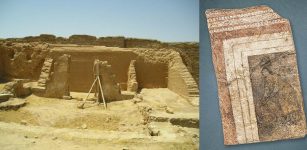 Has World’s Oldest Image Of Virgin Mary Been Discovered In Dura-Europos Church?
Archaeology | Mar 17, 2017
Has World’s Oldest Image Of Virgin Mary Been Discovered In Dura-Europos Church?
Archaeology | Mar 17, 2017 -
 California’s Mysterious Ancient Wisdom Teacher And His Puzzling Connection To The Stars
Featured Stories | Apr 13, 2025
California’s Mysterious Ancient Wisdom Teacher And His Puzzling Connection To The Stars
Featured Stories | Apr 13, 2025 -
 Hyperborea Or Atlantis Ruins – Underground Secrets Of The Sacred Lake On The Arctic Circle
Civilizations | Nov 17, 2014
Hyperborea Or Atlantis Ruins – Underground Secrets Of The Sacred Lake On The Arctic Circle
Civilizations | Nov 17, 2014 -
 Oldest Case of Decapitation In the New World – Lapa do Santo, East-Central Brazil
Civilizations | Sep 24, 2015
Oldest Case of Decapitation In the New World – Lapa do Santo, East-Central Brazil
Civilizations | Sep 24, 2015 -
 Cerberus – Giant Multi-Headed Dog Guards The Underworld Of God Hades In Greek Mythology
Featured Stories | Jun 2, 2020
Cerberus – Giant Multi-Headed Dog Guards The Underworld Of God Hades In Greek Mythology
Featured Stories | Jun 2, 2020 -
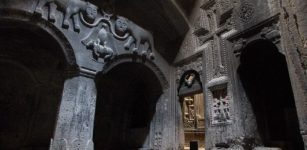 Fascinating Geghard Monastery: Rock-Cut Secret Caves, Passages And Hundreds Of Monk Cells
Civilizations | Aug 3, 2021
Fascinating Geghard Monastery: Rock-Cut Secret Caves, Passages And Hundreds Of Monk Cells
Civilizations | Aug 3, 2021 -
 Moirai (The Fates): Greek Incarnations Of Destiny And Personification Of A Single, Unavoidable Fate
Featured Stories | Aug 1, 2019
Moirai (The Fates): Greek Incarnations Of Destiny And Personification Of A Single, Unavoidable Fate
Featured Stories | Aug 1, 2019 -
 Unknown Energy Source Created The Image On The Shroud Of Turin Scientists Suggest
Archaeology | May 12, 2012
Unknown Energy Source Created The Image On The Shroud Of Turin Scientists Suggest
Archaeology | May 12, 2012 -
 Stonehenge Is Older Than Mankind – Archaeologist Suggests
Archaeology | Apr 12, 2018
Stonehenge Is Older Than Mankind – Archaeologist Suggests
Archaeology | Apr 12, 2018 -
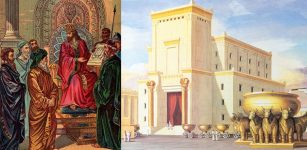 Mystery Of King Solomon’s Temple
Biblical Mysteries | Dec 3, 2018
Mystery Of King Solomon’s Temple
Biblical Mysteries | Dec 3, 2018 -
 Soft Tissue From A 183 Million-Year-Old Jurassic Plesiosaur – Analysed
Fossils | Feb 24, 2025
Soft Tissue From A 183 Million-Year-Old Jurassic Plesiosaur – Analysed
Fossils | Feb 24, 2025 -
 Oldest Cyrillic Inscriptions Dated To The Time Of King Simeon the Great – Discovered
Archaeology | May 3, 2023
Oldest Cyrillic Inscriptions Dated To The Time Of King Simeon the Great – Discovered
Archaeology | May 3, 2023 -
 Hero Stones Belonging to Pallava Era Found Near Tirupattur, India
Archaeology | Oct 15, 2015
Hero Stones Belonging to Pallava Era Found Near Tirupattur, India
Archaeology | Oct 15, 2015 -
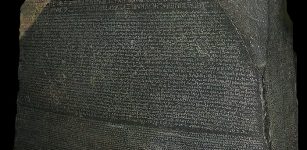 On This Day In History: Precious Rosetta Stone Found By Napoleonic Expedition To Egypt – On July 15, 1799
News | Jul 15, 2016
On This Day In History: Precious Rosetta Stone Found By Napoleonic Expedition To Egypt – On July 15, 1799
News | Jul 15, 2016 -
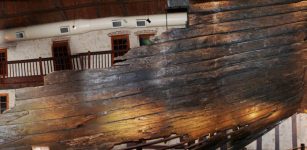 Batavia Shipwreck Reveals Secrets Of 17th-Century Dutch Seafaring Domination
Archaeology | Oct 30, 2021
Batavia Shipwreck Reveals Secrets Of 17th-Century Dutch Seafaring Domination
Archaeology | Oct 30, 2021

